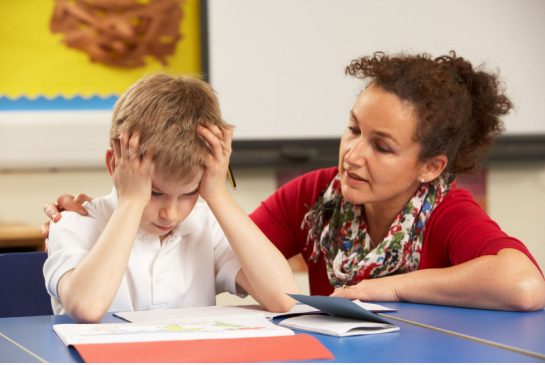
If you have a child with a learning exceptionality (also called a learning disability), then you have probably heard the term ‘accommodation’ mentioned a few times. We know how overwhelming the barrage of information and terms can be, so we are going to give you the inside scoop on what the term ‘accommodations’ means for your child.

So, what are accommodations? Accommodations provide students that have an Individualized Education Plan (IEP) with the opportunity to show their learning in a different way (e.g., orally), to complete assignments or tests in a different format or with more time allotted, and to take in learning in a space more suited to their particular needs. Accommodations are generally available in three areas: instruction, assessment/evaluation, and learning environment.

Instructional accommodations
Those that occur during the actual teaching/learning experience. They can include the following:
- paired groupings (peer support)
- graphic organizers
- access to computer and digital technologies or other learning tools
- additional time for classroom assignments
- copies of board notes
- clarification and repetition of lessons
- enrichment opportunities
- chapter summaries
Assessment and evaluation accommodations
These are intended to support a student in demonstrating the learning expectations in a manner that is best suited to her strengths or needs. Below are some assessment and evaluation accommodations:
- additional time for tests and assignments
- the option to write tests in a quiet space
- the option for students to complete tasks or present information in alternative ways (e.g., oral response, dramatizations, role play etc.)
- the use of scribes for tests
- access to computer and digital technologies for tests and assignments
- access to longer, more complex test questions before the test
- opportunity to use study/sheets or essay outlines for tests/quizzes
Environmental accommodations
These are available to students who benefit from adaptations within the learning environment. These can include the following:
- preferential seating (i.e., seating at the front of the class)
- limiting distracting stimuli
- increased distance between desks
- reduction of noise
- alternative work spaces
Most importantly, having accommodations on an IEP does not change the content or skills a child is expected to learn in a particular grade- it simply accommodates for different learning styles so that he/she can access learning successfully. We hope you find this information helpful! For more information on individualized learning, learn about our one to one learning programs.
